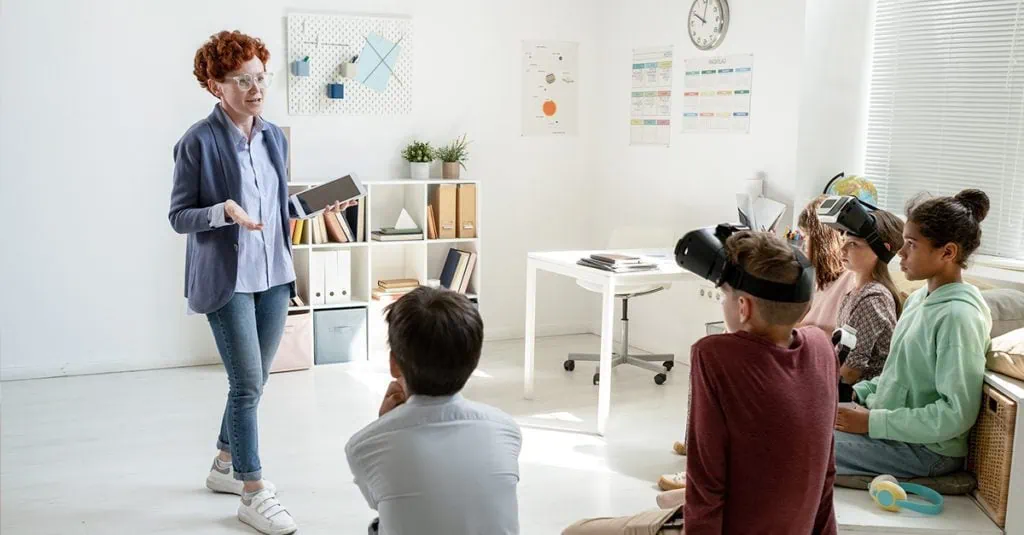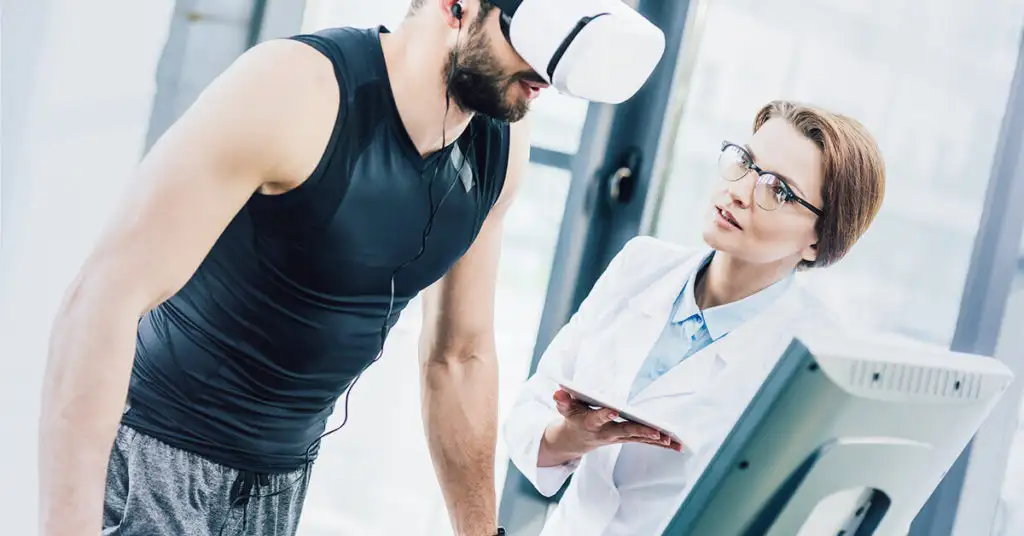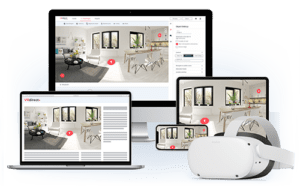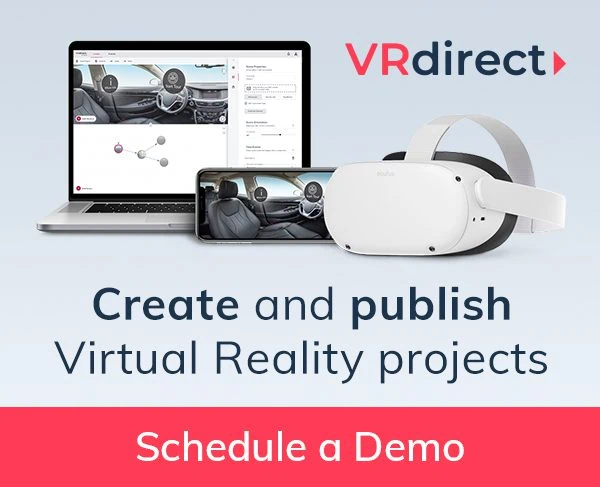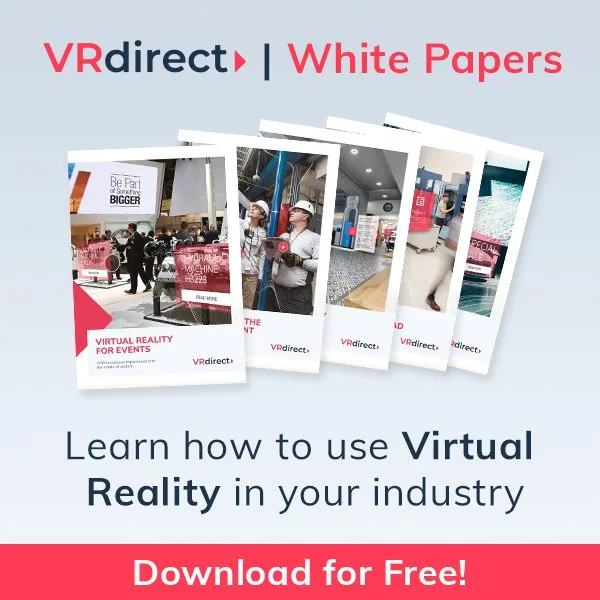With digital education a norm worldwide, we have an opportunity to cultivate a newer, better learning system with Virtual Reality technology. It is the next natural step for initiating the long-pending evolution of education at all levels.
“I read, I forget, I see, I remember, I do, I understand” – these words by the famous Chinese philosopher Confucius spell the importance of learning by doing. And since his time, humans have achieved astonishing feats such as mapping the universe, technology, and so on. It would have even baffled Confucius if he was around to see what the human race has grown into.
Everything around has evolved tremendously in the last century. Everything but education. Education remains traditional in its approach. Limited to words and images. We stress information-based methods such as lectures (visual and written) and much less emphasis on experiential learning. And the disengagement that this information-heavy learning breeds, has led to a growing dropout rate from schools and universities. These are some challenges that cannot be overlooked any further, and we need a desperate overhaul in the ways we teach.
So we look up to technology to find answers, and it seems the adventurous Virtual Reality can do the needful. Virtual Reality has taken most industry sectors by storm. From Defence to Healthcare, Engineering to Space Science, all have embraced VR and are already using it in various innovative ways. But what role does VR have to play in education? What are its benefits? And how can we start applying VR in education? These are some questions we are going to explore in this article.
How VR helps in reinventing education?
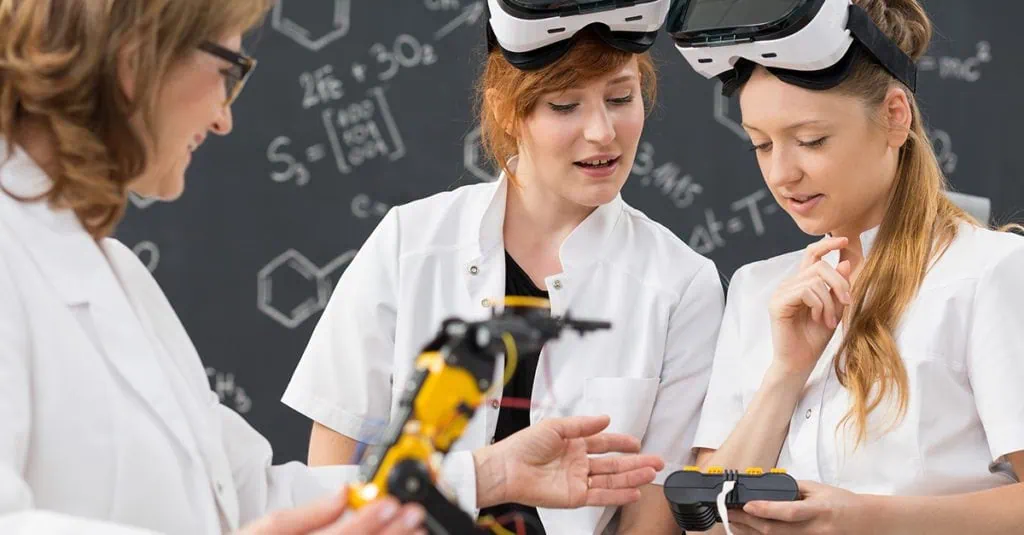
In fact, Virtual Reality technology is already showing promising signs of reinventing how we learn and educate. The immersive and novel experience that VR exhibits can help us tackle the disengagement issues and make learning impactful. Introducing VR education and training is possible at every level, be it at primary school level, higher education, internships, or training employees. Not to forget homeschooling and special kids. Recently, Gwen Reese, assistant principal at St Wilfrid’s C of E Academy (Blackburn, UK), used VR for teaching pre-19th-century war poetry to a low-ability literacy group of 8-year-olds. Before reading out poetry to the boys, they were given a VR walkthrough of what it felt like to be inside the war trenches portrayed in the poetry. And after, when the students were introduced to the poetry, they exhibited an astonishing level of understanding and empathy that would not be possible without the VR experience, according to Gwen. The results are similar to results worldwide, where students are introduced to VR. They tend to exhibit excitement, retention, engagement, comprehension, and a better understanding of the subject irrespective of its field of study.
Benefits of introducing VR powered classrooms
Virtual Reality is not only immersive but takes the boredom out of learning. It makes a subject come alive, which in itself is revolutionary. Its capability to instill the interest of students in classes is astounding. VR has many other benefits which we must look into here.
• Improved attention and engagement
Using Virtual Reality in classrooms allows isolating students from distractions such as cross-talks and prevents the mind from wandering off. Additionally, the possibility to visualize and engage concepts creates an engaging experience that leads to better understanding and recall. Read our article: Apple & Deutsche Telekom’s digital offensive in schools gives huge push to Virtual Reality in education.
• Evokes excitement and interest in subjects
The novelty that VR injects into subjects such as history, medicine, or archaeology, and all such information-heavy fields makes it so effective. It is observed that students look forward to learning with VR and exhibit all kinds of emotions while experiencing the sessions.
• Inspires imagination:
VR is an immersive experience providing students with a strong sense of presence in an interactive learning environment. And the freedom to move and explore is something that compliments their energy levels. The multi-sensory experience creates an engaging experience that fuels their imagination.
• A better grasp of subjects:
Experiences are absorbed deeply, both cognitively and emotionally, by our intelligence. Students aiming for vocational occupations can hugely benefit from VR, which is an experience-rich learning tool. One of the challenges vocational institutes face is providing a sufficient number of equipment or tools to each student. And even if they do, the access is for a limited time and needs supervision. This limits learning. By replacing such physical instruments with interactive Virtual Reality models, students have the freedom to explore and interact with equipment in a risk-free environment without having to worry about damages or hazards. Plus, the simulation of real-life scenarios helps students to make better decisions in real-life situations.• More practice time:
Virtual Reality allows practicing and catching up on lessons beyond the confines of the laboratory. And most importantly, it also allows students to learn by trial and error – the best-known way of understanding anything.• Less cognitive load:
The biggest drawback of information-based learning is that it harbors a stressful learning environment for both kids and parents. The psychological weight of memorizing and recalling information can be overwhelming for a child. And on top of that, the exam anxiety. VR merges theoretical and practical while making learning engaging and fun.
• Faster and lasting learning:
Students who learn with Virtual Reality tend to get a grasp of complex subjects and concepts faster in comparison to traditional learning methods. When companies train their apprentices, they save a lot of money, time and resources.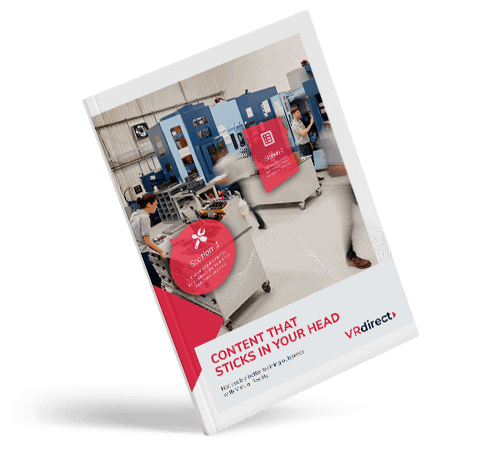
• Helps conserve resources
VR is resource-friendly. It takes away the need for piles of books, traveling to classrooms, etc. And educational institutes can now replace expensive, space-taking equipment with interactive VR-enabled immersive practical lessons.
• Accurate representation of subjects:
Complex concepts are easier to teach with VR. It enables teachers and course curators to precisely recreate models of subjects such as medical science or space science in a three-dimensional manner taking away the need for guesswork or risk of misinterpretation. Take space science as an example. Making students feel what it would be like to bounce around on the moon or swoosh around the earth was unimaginable until VR. Students can now witness the birth and death of stars, interact with nearby galaxies, and do all sorts of impossible things, within the classroom.
• VR fuels enthusiasm, ambition and is inspirational
Virtual Reality is a powerful motivator. Having experienced what it may feel like to travel in space, unravel our biological makeup or dive deep into the ocean bed can leave a lasting impact on the students. This can ignite ambition in the students to experience it first-hand someday in reality and make better decisions in choosing their careers.• VR is economical, safer yet effective
While some schools are using VR to make students relive history, others, such as Deighton Primary School, are taking students to the remotest parts of the world. Recently, in September 2021, The UK-based school organized a VR field trip to Antarctica for its students. The impact was immediate. Students thoroughly enjoyed the experience with a better understanding of our planet.How VR can help create engaging educational content
Field trips
Thanks to VR, we do not have to wait for Elon Musk to send us to Mars anymore. VR allows exploring and learning about places that were out of our reach previously. Students can now greatly benefit from learning about the remotest corners of the world and beyond. And even travel back in time with VR-enabled environments. We can even use Virtual Reality to teach kids about the various effects of unsustainable practices, such as the mal-effects of pollution worldwide or how plastic is destroying our aquatic ecosystem.
Read our Success Story about how to experience cultural heritage sites with Virtual Reality.
Immersive classrooms for young and special kids
The immersive classroom is a trend that is transforming school classroom walls into a kaleidoscope of experiences for younger kids below a certain age for whom VR devices can be a bit intimidating. It is a fully-immersive environment projected on the classroom walls, which incorporates real-life effects such as wind, sound, and 3d visuals. Kids with special needs can greatly benefit from such classrooms.
These are only some of the ways we can use VR in creating engaging learning content. And it is up to educators to find more innovative ways to implement VR in imparting education and inspiring kids to learn.
VR Technology can help ready the future workforce
Students looking to take up skill-based professions such as surgeons or pilots undergo rigorous training programs for years until they are ready. And not to forget the money and time that goes into it.
So by introducing VR at college, university, or internship level, a skilled and job-ready student pool can be created. VR allows practicing complex skills in an all-immersive virtual environment without risking anyone or anything. It facilitates learning in real-life-like situations and environments while navigating through emotional responses that come with it. Read our article: Virtual Reality in Healthcare – a Study on VR Surgery.
How VRdirect helps in VR-powered learning?
Whether you are a school, college, university, or company looking for an inexpensive VR software platform that allows creating VR projects without much hassle, VRdirect may just be the solution for you. VRdirect software takes away the need for complex coding, designing, acquiring any kind of skills (except computer and internet familiarity) whatsoever. And neither do you need to wait for days till your students can use it nor spend sums of money. You can create VR class-ready projects with regular computers.
Creating projects with VRdirect is as simple as it gets. Using 360° content related to the subject, some basic photo editing skills, and VR headsets, a fully immersive VR experience is ready at your disposal. The platform allows you to drag and drop content and publish it immediately on a secured web platform allowing you to create VR Curriculums on the go. Further, it is possible to even get a white label VR App made just for your institute.
Summing up the benefits of choosing VRdirect
Easy to use for absolute beginners:
No coding or any other advanced skills are required.
Enterprise-Ready:
VRdirect is being used by many companies for training and various other learning projects worldwide.
Easy to publish and share:
Projects can be shared globally in real-time.
Affordable:
The cost of VRdirect is minimal compared to most platforms, and you can pick a plan according to your needs.
Conclusion
The union of Virtual Reality and education is a revolutionary step. It has the potential to inspire a new generation of thinkers, doers, and a skillful workforce. Its ability to spark interest and allow learning by doing irrespective of age, geographical or other limitations is unparalleled. And students in all fields can now actively explore and exercise their curiosity in a stress-free environment.
But ultimately, it is the responsibility of the colleges, universities, and anyone in the teaching profession to ensure they are ready to bring about the change. We have the opportunity to cultivate a better, more engaging learning environment for our future generations. And not only because it is effective but because it is necessary. Teaching is a profession entrusted to create a newer and better breed of scientists, astronomers, doctors, politicians, etc. And using platforms such as VRdirect, we can cultivate a sensitive, more skilled generation capable of finding answers to pressing issues such as climate change, pollution, and many other such global problems. As with VR, the possibilities are limitless.
